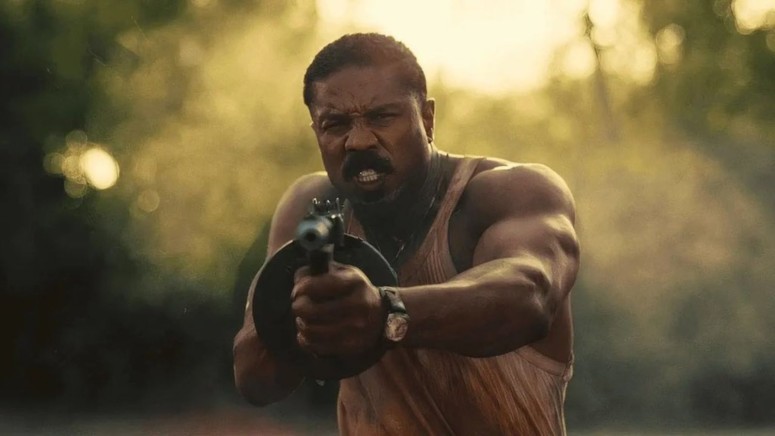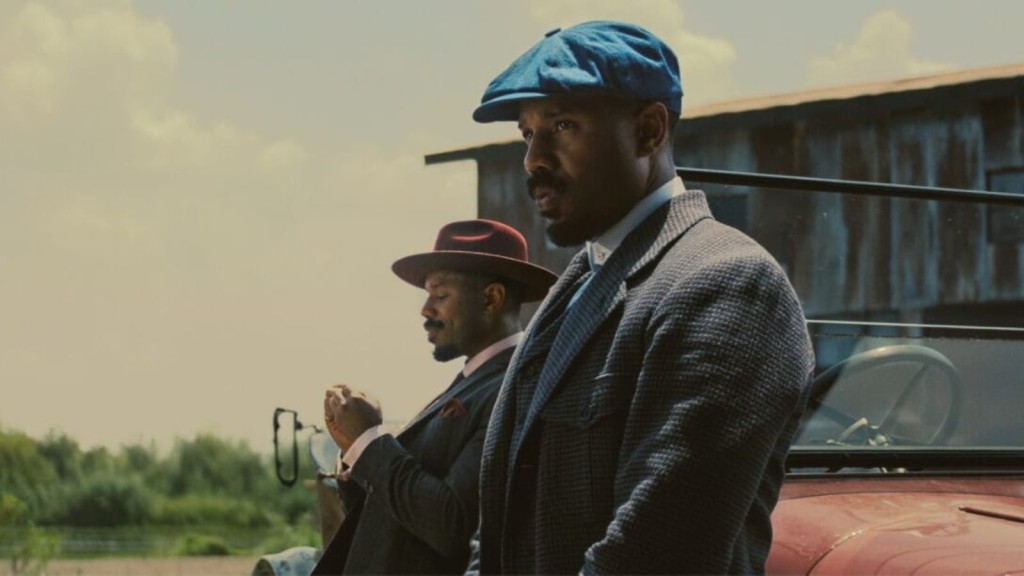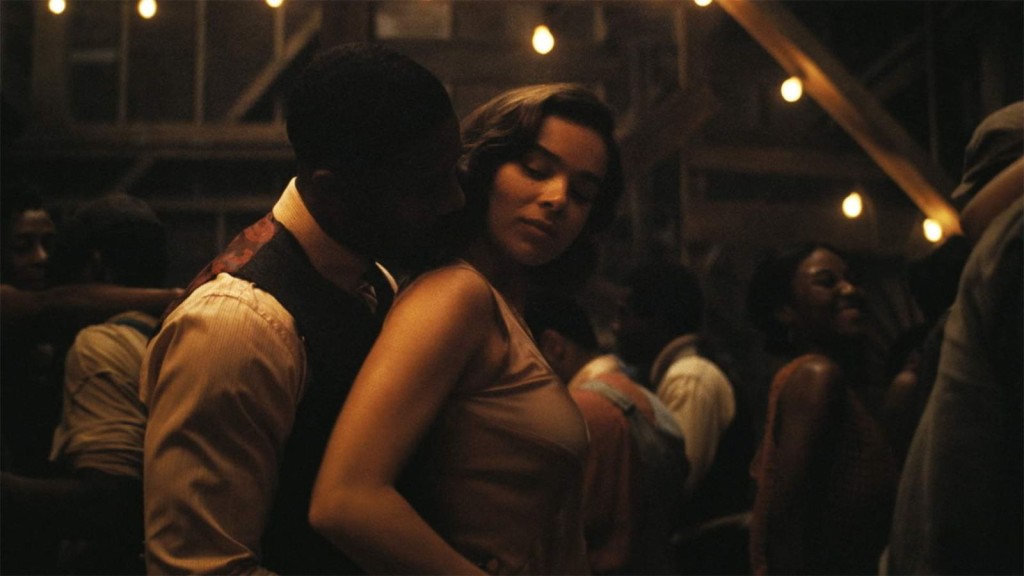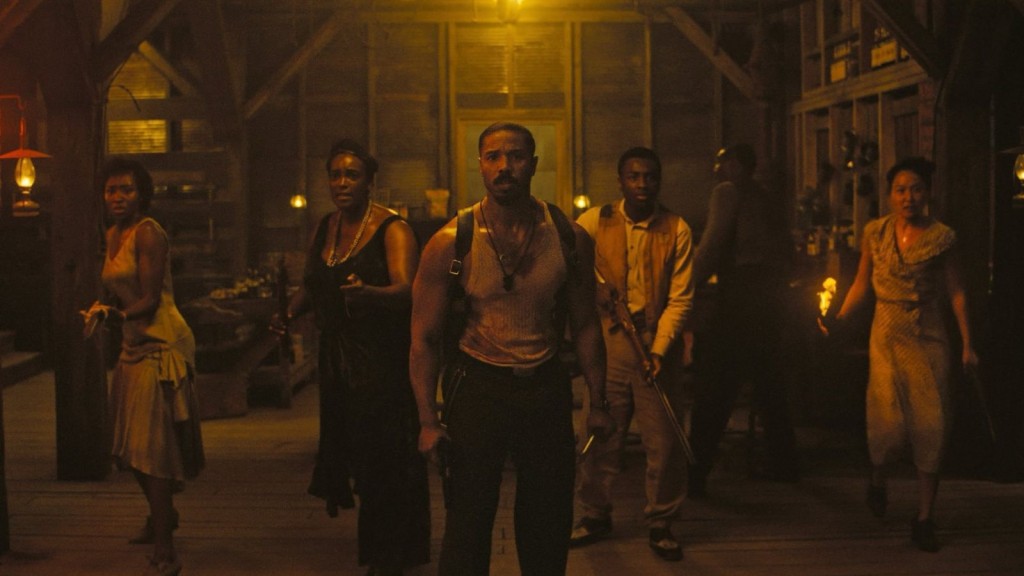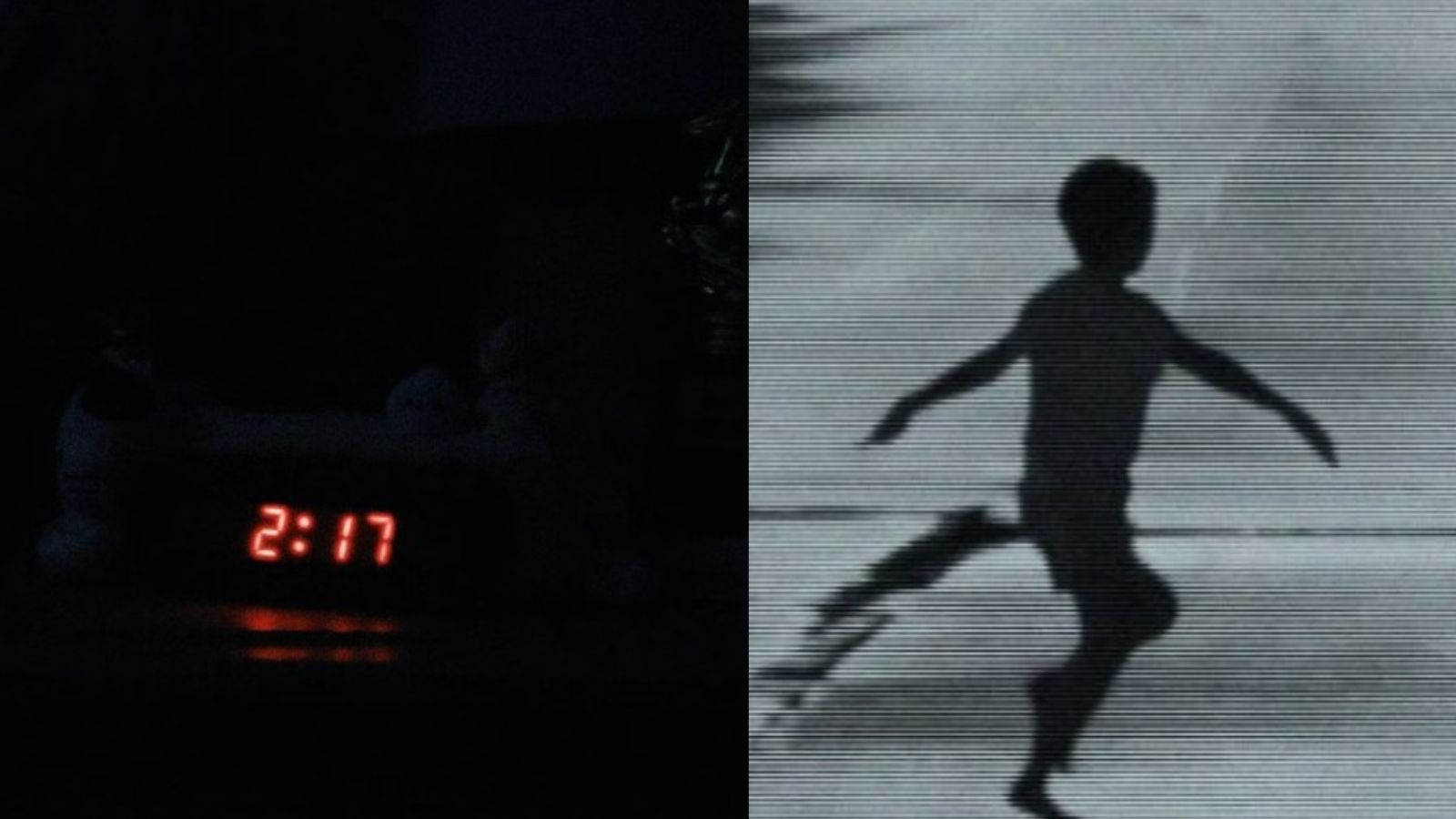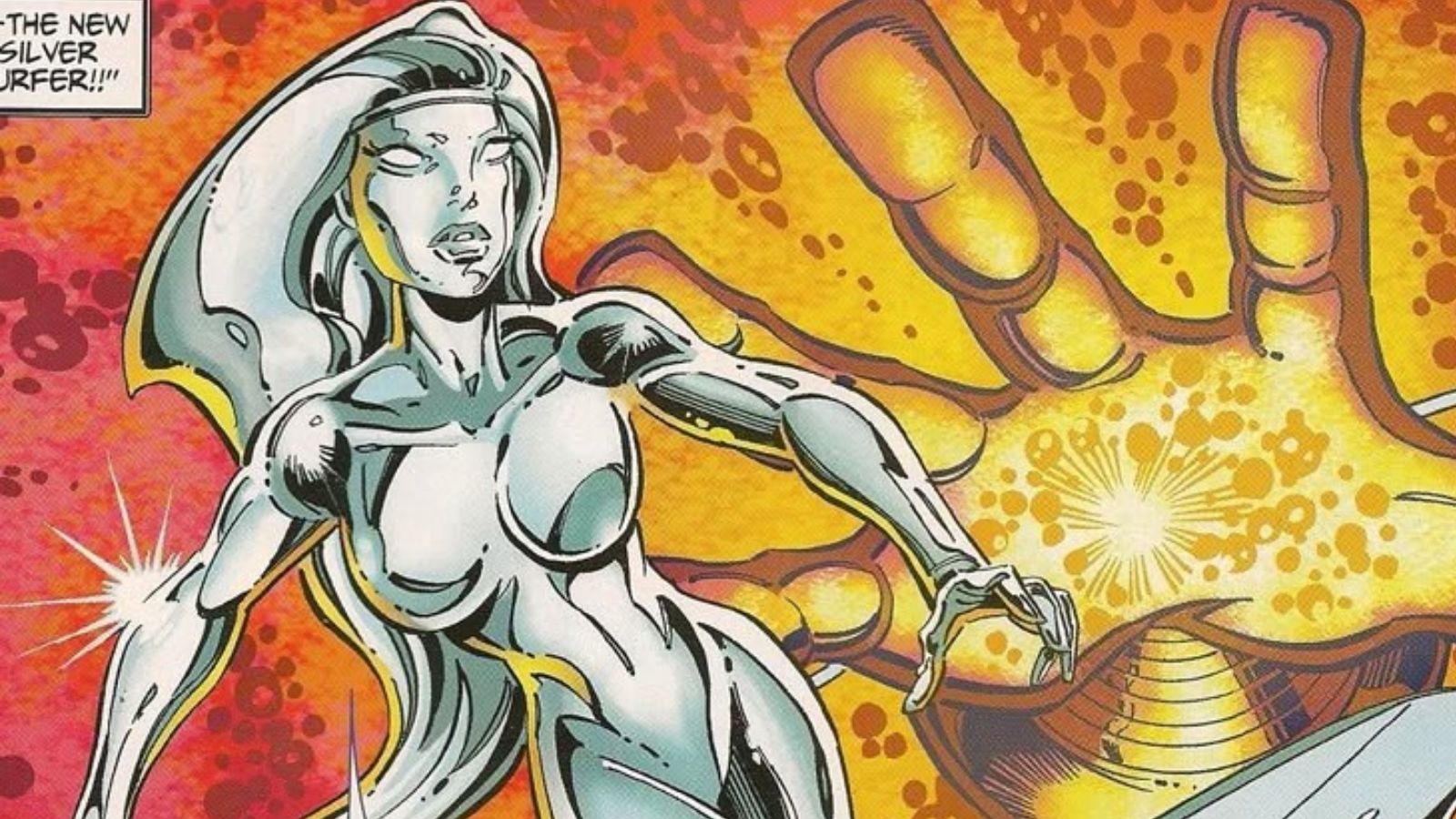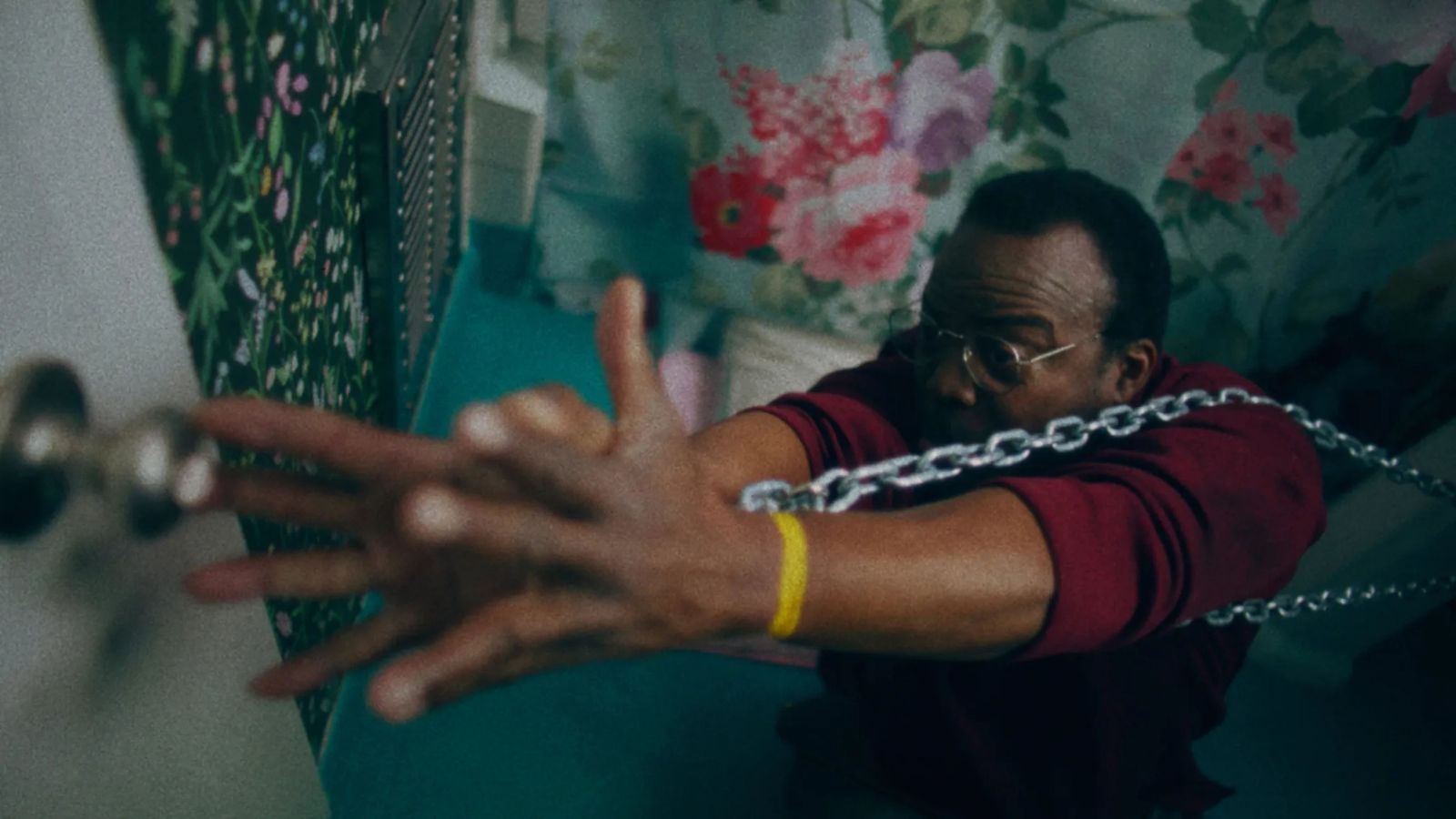
Sinners Ending and Post-Credits Scenes Explained: Smoke’s fate, Sammie’s Choice & a Sequel Tease
Ryan Coogler’s Sinners movie delivers a hauntingly powerful finale, blending Southern Gothic horror with generational trauma and cultural reclamation. As the supernatural showdown in 1930s Mississippi comes to a fiery end, Sinners doesn't just wrap up its story—it leaves behind lingering echoes in two post-credits scenes that hint at new beginnings, unresolved guilt, and the music that ties it all together.
Here’s a full breakdown of Sinners’ emotional ending and the post-credits teases that could pave the way for a sequel.
Smoke’s Final Stand and Spiritual Reunion
As the film reaches its climax, Smoke (Michael B. Jordan) becomes the tragic hero of the story. With vampires closing in and the Klan preparing to take back the land, Smoke makes the ultimate sacrifice. He kills Annie (Wunmi Mosaku) after she’s bitten, stays behind to fend off the attackers, and dies under a rain of bullets—protecting those he loves.
His death isn’t in vain: he finds peace in the afterlife, reuniting with Annie and their son Elijah, finally free from the burdens of the world. This ending solidifies Sinners as a tale of spiritual liberation. Smoke’s journey is not about defeating monsters but about reclaiming dignity and legacy in a world that tried to strip it away.
Sammie’s Choice: Between Immortality and Legacy
Sammie (Miles Caton), the musical prodigy whose gift drew the vampires to the juke joint, becomes the story’s beating heart. After defeating Remmick using his silver-lined guitar, Sammie emerges as the last survivor. But unlike Smoke or Stack, he doesn’t rely on violence or vengeance—he chooses music.
In the final scenes, he rejects both organized religion and the seductive promise of vampiric power. His decision to continue his journey through music becomes a symbol of resistance, healing, and self-determination.
The First Post-Credits Scene: Stack Returns, But Changed
Set decades later in 1992 Chicago, the first post-credits sceneof the Sinners movie features an older Sammie—now a legendary blues musician played by Buddy Guy. After hours at a dimly lit bar, two familiar figures arrive: Stack (Michael B. Jordan again) and Mary (Hailee Steinfeld), still alive as vampires and now decked out in hip-hop fashion. They haven't come to feed but to reconnect.
Stack reveals Smoke spared his life, making him promise never to harm Sammie. He offers Sammie immortality—but once again, Sammie declines. Instead, he plays a song, creating a rare moment of mutual respect between the living and the undead. The scene closes on a quiet note, blending sorrow and hope.
The Second Post-Credits Scene: A song from the past
The final stinger returns to the film’s roots. A young Sammie sings “This Little Light of Mine” in his father’s church—mirroring the movie’s opening. It’s a touching reminder of innocence, heritage, and the light Sammie carried through the darkness. This moment also cements him, not Smoke or Stack, as the film’s true protagonist.
What the Post-Credits Scenes Reveal About a Potential Sequel
Together, the two post-credits scenes subtly set the stage for a follow-up. The ‘90s setting opens doors to explore how Stack and Mary navigate the modern world as vampires. A sequel could explore their relationship, the moral weight of their survival, and whether immortality has truly freed them—or made them prisoners of time.
With Jordan and Steinfeld embracing darker roles, there’s rich potential for a spin-off that dives into guilt, identity, and legacy in a new era. Recently, Ryan Coogler told Ebony magazine that he didn't think about the film becoming a franchise while making the movie. "I never think about that," he said.
Sinners’ Ending Honors the past While Looking to the Future
Sinners is as much about ghosts as it is about vampires. The film ends not with a triumphant victory, but with quiet reflection—on what’s been lost, what’s been passed down, and what must still be fought for. Sammie’s survival and his refusal to give in to the easy escape of immortality underscore the film’s deepest message: legacy isn’t built by avoiding death—it’s built by living with meaning.
Sinners is now playing in theaters.
Also Read: “Wild, Sexy, Survival Horror Flick”: Michael B. Jordan’s Sinners Movie First Reactions Compilation


